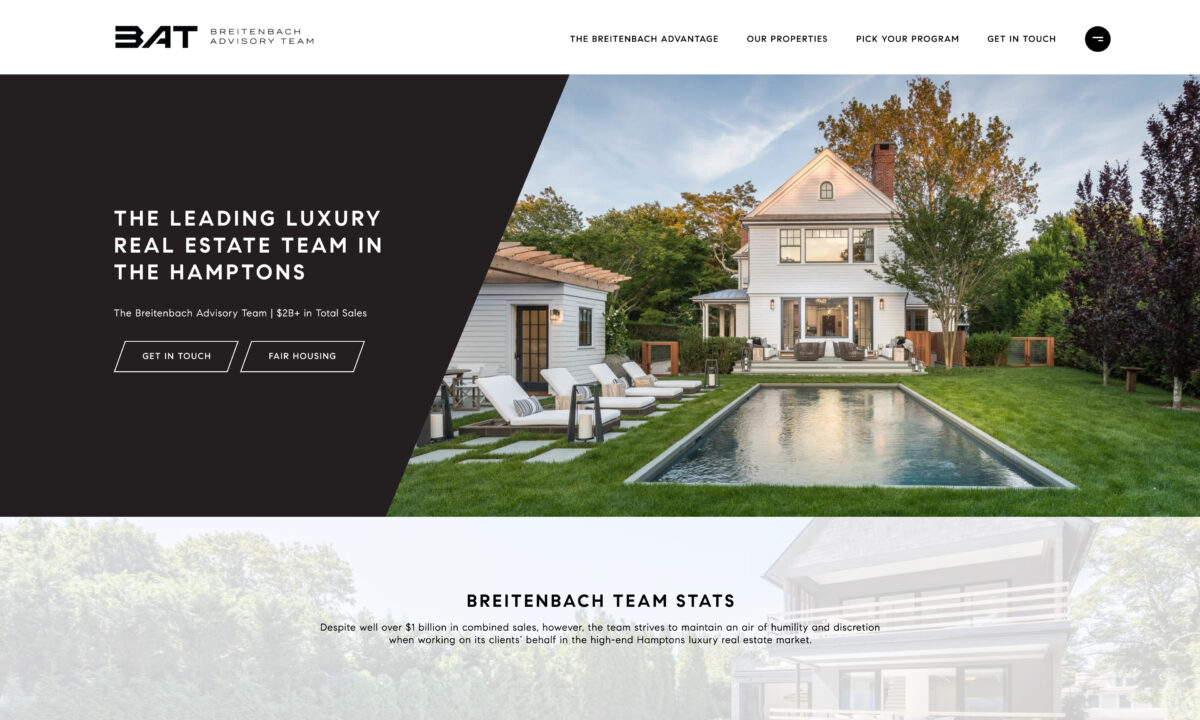The Future of Realty: Fads and Opportunities to View
As the real estate landscape develops, it ends up being increasingly crucial to comprehend the emerging trends and possibilities that will define the market in the coming years. With these characteristics at play, a more detailed exam of the adjustments and methods required for success reveals fascinating opportunities that can reshape financial investment techniques and market actions.
Technical Technologies in Real Estate
In recent years, the genuine estate sector has actually accepted a wave of technological developments that are transforming standard methods. One of the most notable developments is the surge of large information analytics, which enables real estate specialists to assess market fads, predict residential property worths, and recognize investment opportunities with unmatched precision.
Furthermore, virtual reality (VR) and augmented reality (AR) innovations are revolutionizing building advertising by giving immersive experiences for prospective purchasers and renters. These tools enable clients to conduct online scenic tours of homes, consequently improving the search procedure and improving customer engagement. Additionally, blockchain innovation is getting grip as a way to secure transactions and preserve clear records, therefore reducing fraudulence and quickening the closing process.
Smart home technologies are additionally ending up being progressively common, enabling home owners to keep track of and control their properties remotely (Real Estate Lockhart). Collectively, these technical technologies are improving the landscape of realty, fostering an extra reliable, clear, and customer-centric industry
Demand for Sustainable Residences
As consumers significantly focus on ecological obligation, the demand for sustainable buildings has risen in the property market. This change reflects a wider societal fad towards sustainability, with financiers and property buyers looking for properties that lessen ecological influence while making the most of energy performance. Attributes such as solar panels, energy-efficient appliances, and lasting structure materials are currently considered as important as opposed to optional.

Furthermore, the increase of eco-friendly communities, which focus on walkability and access to mass transit, better stresses this trend. These advancements attract ecologically mindful customers and promote a much healthier way of living.
As the need for sustainable homes continues to climb, industry stakeholders need to adjust to these assumptions. By focusing on and welcoming innovative techniques sustainability, the property sector can not only satisfy customer demand but additionally add to a more sustainable future.
Altering Purchaser Demographics

In addition, the aging populace is improving demand for housing. Infant boomers are looking for scaled down homes that supply ease of access and reduced maintenance, often preferring city setups with neighboring amenities. This shift demands a concentrate on multi-generational real estate options that fit differing requirements.
Additionally, cultural variety is playing a crucial role in genuine estate patterns. As these market shifts continue to develop, real estate specialists must adapt their approaches to deal with the demands of these varied purchasers (Real Estate Lockhart).
Rise of Remote Work Impact
Progressively, the rise of remote work is transforming the property landscape, triggering substantial changes in customer choices and location options. As staff members delight in the flexibility of working Resources from home, lots of are reassessing their household requirements, resulting in a surge sought after for buildings in country and rural locations. This pattern is mainly driven by the desire for even more large living view it settings that can fit office and a far better lifestyle.
Furthermore, urban centers, as soon as the prime focus for buyers, are seeing a gradual decline in need as individuals prioritize affordability and accessibility to nature. As a result, genuine estate designers and financiers are moving their emphasis toward residential properties that use office areas, outside features, and proximity to essential solutions.
Actual estate experts should adapt to the changing choices of customers, emphasizing the value of way of life factors in their advertising methods. The ramifications of remote job on actual estate are extensive, shaping future patterns and chances.
Investment Opportunities in Arising Markets
Investment chances in emerging markets are constantly bring in interest from investor seeking diversity and growth capacity. These markets, characterized by rapid economic development, boosting urbanization, and a growing center class, existing distinct leads for savvy financiers. Nations in Southeast Asia, Africa, and Latin America are observing substantial facilities renovations and desirable federal government policies, which additionally boost their appeal.
Real estate fields such as domestic, commercial, and logistics are experiencing enhanced demand as a result of metropolitan movement and developing customer choices. Especially, cities like Ho Chi Minh City, Nairobi, and Medellín are ending up being hotspots for financial investment because of their broadening economic climates and younger demographics.
Investors should perform extensive market analyses to recognize vital fads, such as shifts in populace characteristics and financial stability, which can influence building worths. Additionally, partnerships with local realty firms can assist in successful access and navigating in these markets.
Nonetheless, it's essential to be mindful of possible dangers, consisting of political instability and governing difficulties. By weighing these variables and taking on a long-lasting viewpoint, financiers can properly take advantage of the financially rewarding opportunities emerging in these helpful site establishing regions.

Final Thought
In conclusion, the future of real estate will be considerably influenced by technological advancements, a growing emphasis on sustainability, and advancing buyer demographics. Browsing this transforming landscape will need calculated partnerships and a keen understanding of market characteristics to capitalize on the trends forming the sector.
As the genuine estate landscape develops, it comes to be progressively vital to understand the emerging patterns and chances that will certainly define the market in the coming years. One of the most noteworthy innovations is the increase of large data analytics, which allows actual estate experts to analyze market fads, anticipate home values, and recognize financial investment opportunities with unprecedented precision.As consumers increasingly focus on ecological responsibility, the need for lasting homes has actually surged in the genuine estate market. The effects of remote work on genuine estate are profound, shaping future fads and chances.
Financial investment opportunities in arising markets are continually bring in focus from genuine estate capitalists seeking diversity and development potential.
Comments on “Top Tips for Finding Your Dream Property in Real Estate Lockhart”